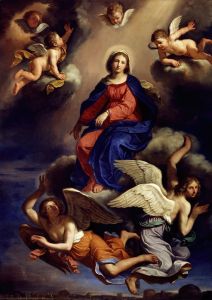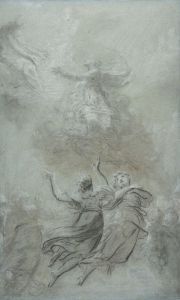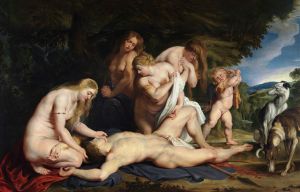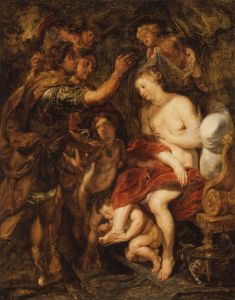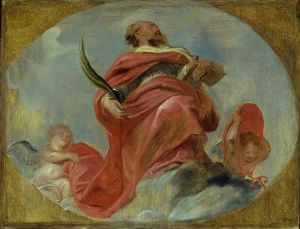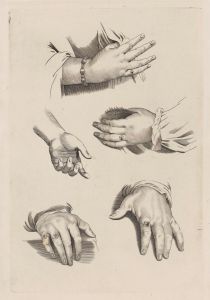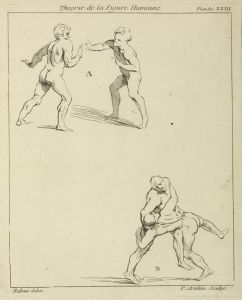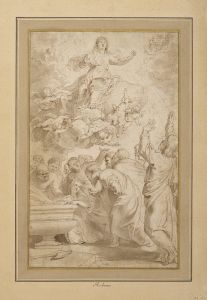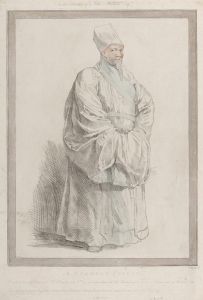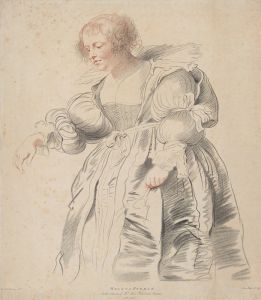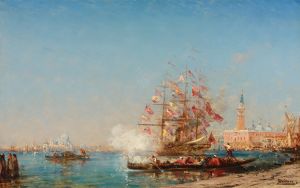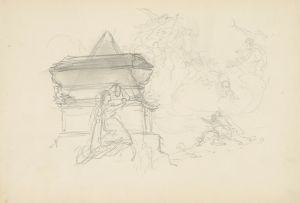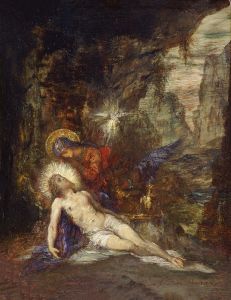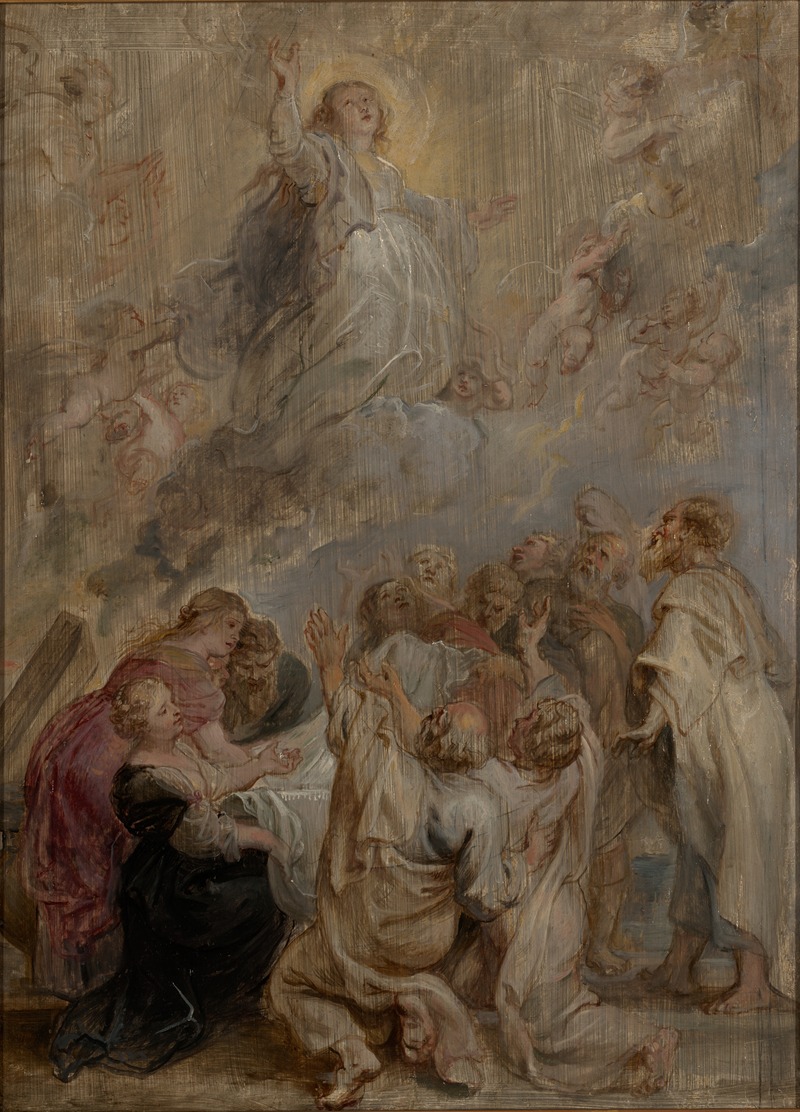
The Assumption of the Virgin
A hand-painted replica of Peter Paul Rubens’s masterpiece The Assumption of the Virgin, meticulously crafted by professional artists to capture the true essence of the original. Each piece is created with museum-quality canvas and rare mineral pigments, carefully painted by experienced artists with delicate brushstrokes and rich, layered colors to perfectly recreate the texture of the original artwork. Unlike machine-printed reproductions, this hand-painted version brings the painting to life, infused with the artist’s emotions and skill in every stroke. Whether for personal collection or home decoration, it instantly elevates the artistic atmosphere of any space.
Peter Paul Rubens, a prominent Flemish Baroque painter, created "The Assumption of the Virgin" between 1625 and 1626. This masterpiece is a significant example of Rubens' ability to blend dramatic intensity with vibrant color, a hallmark of the Baroque style. The painting was commissioned for the high altar of the Cathedral of Our Lady in Antwerp, Belgium, where it remains today.
"The Assumption of the Virgin" depicts the Virgin Mary being assumed into heaven, a popular theme in Catholic art that celebrates Mary's bodily ascent to heaven at the end of her earthly life. Rubens' interpretation of this event is both dynamic and grandiose, capturing the spiritual fervor and celestial glory associated with the subject.
In the composition, the Virgin Mary is shown being lifted by a host of angels, her arms outstretched and her gaze directed upwards towards the heavens. The figures are arranged in a swirling, upward motion, creating a sense of movement and ascension. This dynamic composition is characteristic of Rubens' style, which often features energetic figures and dramatic use of space.
The color palette of the painting is rich and vibrant, with deep reds, blues, and golds that enhance the heavenly theme. Rubens' use of light and shadow adds depth and dimension to the scene, highlighting the divine nature of the event. The contrast between the bright, illuminated figures and the darker background draws the viewer's eye towards the central figure of Mary, emphasizing her importance in the composition.
Rubens was known for his ability to convey emotion through his paintings, and "The Assumption of the Virgin" is no exception. The expressions of the angels and the Virgin Mary convey a sense of awe and reverence, inviting the viewer to share in the spiritual experience depicted in the painting.
The work reflects Rubens' deep understanding of religious themes and his ability to translate them into visual form. His training in Italy, where he studied the works of Renaissance masters such as Michelangelo and Raphael, is evident in the classical influences seen in the composition and figures. However, Rubens' unique style and interpretation set his work apart, making it a quintessential example of Baroque art.
"The Assumption of the Virgin" is not only a religious icon but also a testament to Rubens' skill as a painter. His ability to capture the essence of the Baroque period—its emphasis on movement, emotion, and grandeur—is evident in this work. The painting continues to be admired for its artistic brilliance and remains a significant piece in the history of art.
In summary, Peter Paul Rubens' "The Assumption of the Virgin" is a masterful representation of a key religious event, executed with the dramatic flair and technical skill that characterize the Baroque era. Its enduring presence in the Cathedral of Our Lady in Antwerp serves as a reminder of Rubens' lasting impact on the world of art.






